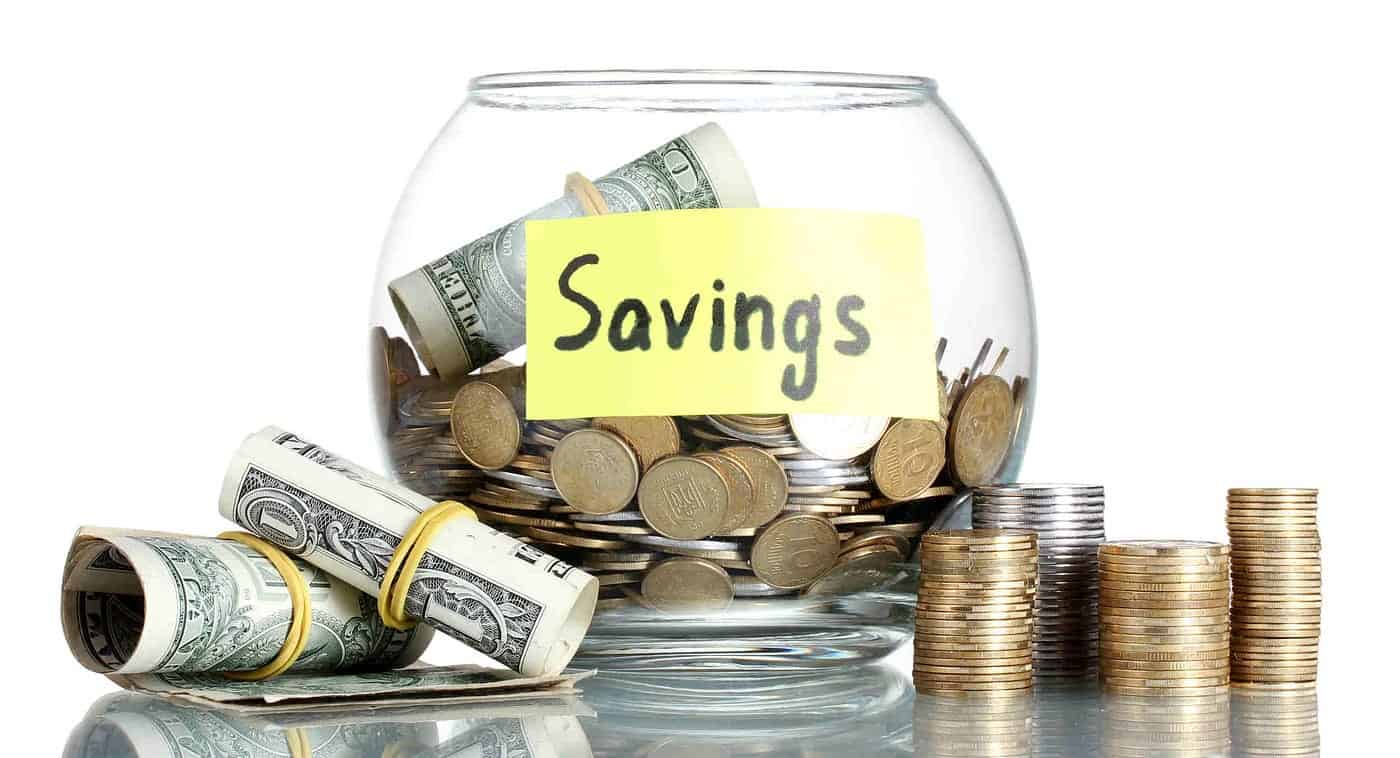When you’re on the younger side, saving for retirement may be the sort of thing you don’t really think about. And that’s understandable.
Many 20-somethings these days, for example, are focused on building emergency funds and paying off educational debt. So it’s easy to see why retirement savings might fall by the wayside.
Recent data from Fidelity, however, shows that Roth IRA participation for Gen Zers rose 50% during the fourth quarter of 2023 compared to the fourth quarter of 2022. And if you’re able to save for retirement, it pays to consider a Roth IRA.
Set yourself up for benefits down the line
One reason some retirement savers like traditional 401(k)s and IRAs is that they give you an upfront tax break on your contributions. If you contribute up to the allowable IRS limit — $7,000 for an IRA this year ($8,000 if you’re 50 or older) or $23,000 for a 401(k) plan ($30,500 if you’re 50 or older) — every dollar you put into your account represents a dollar of income the IRS can’t tax you on. (Note that these limits are the same whether it’s a traditional savings plan or a Roth.)
With a Roth IRA, you don’t get that same benefit, because contributions are made with after-tax dollars. A $1,000 Roth IRA contribution won’t exempt any income from taxes, for example. But with a Roth IRA, you get to enjoy tax-free investment gains and tax-free withdrawals in retirement.
With a traditional retirement plan, investment gains are tax-deferred, so you don’t owe the IRS money year after year per se. However, you pay taxes on those gains when you take withdrawals, which are subject to taxes. And that can be stressful in retirement, when you’re living off of your savings.
Another benefit of Roth IRAs is that they don’t impose required minimum distributions, or RMDs, whereas traditional retirement plans do. RMDs force you to remove a portion of your retirement account balance each year or face a costly penalty. They’re a problem if you’re someone who has the goal of passing down a lot of that money to heirs.
And even if not, the reality is that you’re working hard to save for retirement. Shouldn’t you be the one to decide when you take withdrawals? With a Roth IRA, that’s not something to worry about.
Should you choose a Roth IRA for your retirement savings?
If you don’t make such a high salary and are therefore in a pretty low tax bracket, then a Roth IRA makes a lot of sense. The reason? Let’s say you’re single and earn $42,000 a year. That puts you in the 12% tax bracket. This means you’re not giving up a very big tax break by funding a Roth IRA over a traditional one.
With a $1,000 traditional IRA contribution, your immediate tax savings are $120. But what if you end up in a much higher tax bracket in retirement between retirement plan withdrawals, Social Security, and other income sources you might have at your disposal? In that case, you’d want to enjoy tax-free treatment of your money at a time when the benefits are highest.
Plus, we don’t know what tax brackets will look like down the line. But let’s say you end up in the 22% tax bracket as a retiree. In that case, a $1,000 Roth IRA withdrawal saves you $220 in taxes. So it’s worth giving up a $120 tax break now for $220 in tax savings later.
Another thing you should know is that higher earners generally can’t fund a Roth IRA directly. But you need a pretty high income for that to be the case. Roth IRA contributions start to phase out with an income of $138,000 for singles or $218,000 for married tax filers. And if your income is too high for a Roth IRA, you can actually contribute to a traditional one and then convert it to a Roth if you want to (known as a backdoor Roth IRA). There are tax implications to consider, though, so it’s best to consult a professional before doing a conversion.
All told, Roth IRAs offer a lot of benefits and are easy to open with a brokerage firm. It pays to consider saving at least some of your retirement funds in one of these accounts.

